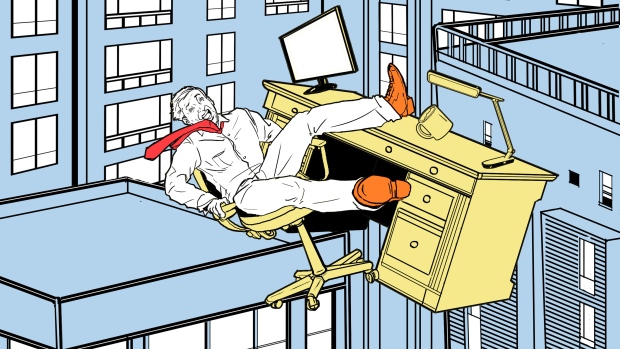May 22, 2020
New reality: How employers can prepare for the future of work
, BNN Bloomberg

Employers across the country have been tasked with reworking their physical workplaces, rethinking their customer experience and ramping up their digital capabilities for a future that’s still mired in question marks.
For companies that are transitioning out of a significant shutdown, some top priorities include recalling workers and addressing new health and safety measures.
“If employees have been laid off, you’d have to recall them to work formally,” Kathleen Chevalier, a partner at Stikeman Elliott LLP who specializes in labour and employment law, said in a phone interview.
She added it’s also important to formally advise employees coming back to work of any health and safety measures being implemented.
Aside from new policies around physical distancing and other health precautions, Chevalier said the new COVID world might also require an overhaul of work illness policies.
“What do you do if an employee is feeling unwell? Do you pay them? Do you not pay them? What if it’s a runny nose? You can see how it starts as a snowball and very, very quickly turns into a very, very big snow boulder,” she said.
One of the main concerns Chevalier is fielding from corporate clients across all industries is employee resistance or refusal to come back to work.
She said the reason provided – and whether or not that reason is protected under legislation – will ultimately determine how the employer can move forward in addressing the employee’s concern.
If the reason is not protected by the law, Chevalier said it effectively becomes a choice for the employer whether to accommodate or opt for some form of discipline, termination or leave of absence.
“As long as your employer is doing what it has to do and keeping the workplace in line with public health and government requirements, and there's work to be done, the expectation is that you show up to work,” she said.
If businesses plan to keep employees working from home, that might also require an updated policy framework, Chevalier said.
“Those policies consist of the expectation you still work the same number of hours per week, you’re still available between the same working hours, you’re answering your phones, emails and meeting deadlines,” she said.
“Working from home can feel very different, but the expectation is that the priority is you’re getting your job done.”
'New ways of working'
The pandemic has forced many employers to react at breakneck speed, but at the same time has led them to pause and consider how they can emerge better, faster and more efficient.
A number of big technology companies are now seeing remote work becoming a major – and in some cases, more permanent – part of their organization.
Shopify Inc. Chief Executive Officer Tobi Lutke said in a Twitter post Thursday his company is now “digital by default” as he aims to have most employees working from home on a permanent basis.
Similarly, Twitter Inc.’s Jack Dorsey made waves with his comment on letting some employees work from home “forever.”
- 'Not going to be like it was': Post-pandemic workplace takes shape
- Shopify is joining Twitter in permanent work-from-home shift
- COVID-19 wage subsidy to last through summer, Trudeau says
READ MORE: COVID-19 AND THE CHANGING WORKPLACE
Implementing new technology was a desire and work-in-progress for some companies before the COVID-19 outbreak, but the pandemic has accelerated those plans for many, according to Jeffrey Russell, president of business management consultancy firm Accenture Canada.
“I think there’s an opportunity to build in new technology and build in new ways of working that make you more agile, cost efficient and resilient,” he said in a phone interview.
“We’re seeing many industries come to us to talk about not just the customer experience, but also the back end in terms of enabling functions to rethink how they use things like artificial intelligence to be more predictive around making decisions, how do we use automation to take fundamentally non-value adding activities out of the core business and allow those people to do more strategic things.”
Whether it’s building out digital channels, finding new ways to reach the consumer directly or improving the customer experience, Russell said many leaders are moving quicker, allowing them to “leapfrog” ahead of their competition.
Russell added innovation and technology are playing a big part in “variablizing” cost structures and helping companies move away from larger, fixed expenses.
“I think getting ‘future ready’ means getting greater insight into the art of the ‘possible’ in terms of what might change with your customer and employees – and start to purposefully test out new propositions,” he said.
This is the second instalment in 'The Evolution of the Workplace,' BNN Bloomberg's weekly in-depth series looking at how workplaces in Canada are changing due to the COVID-19 pandemic.




